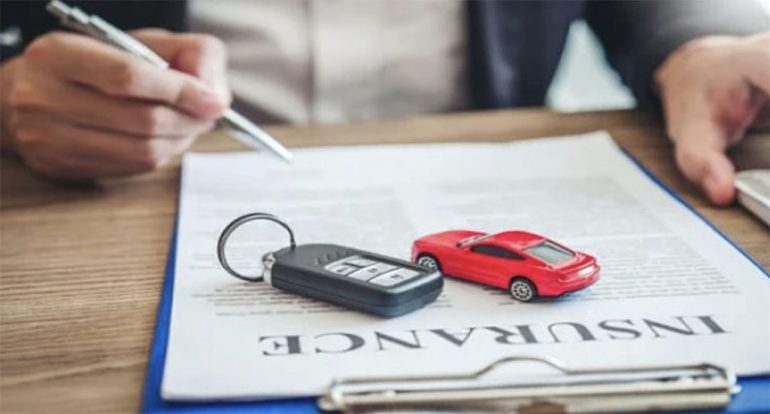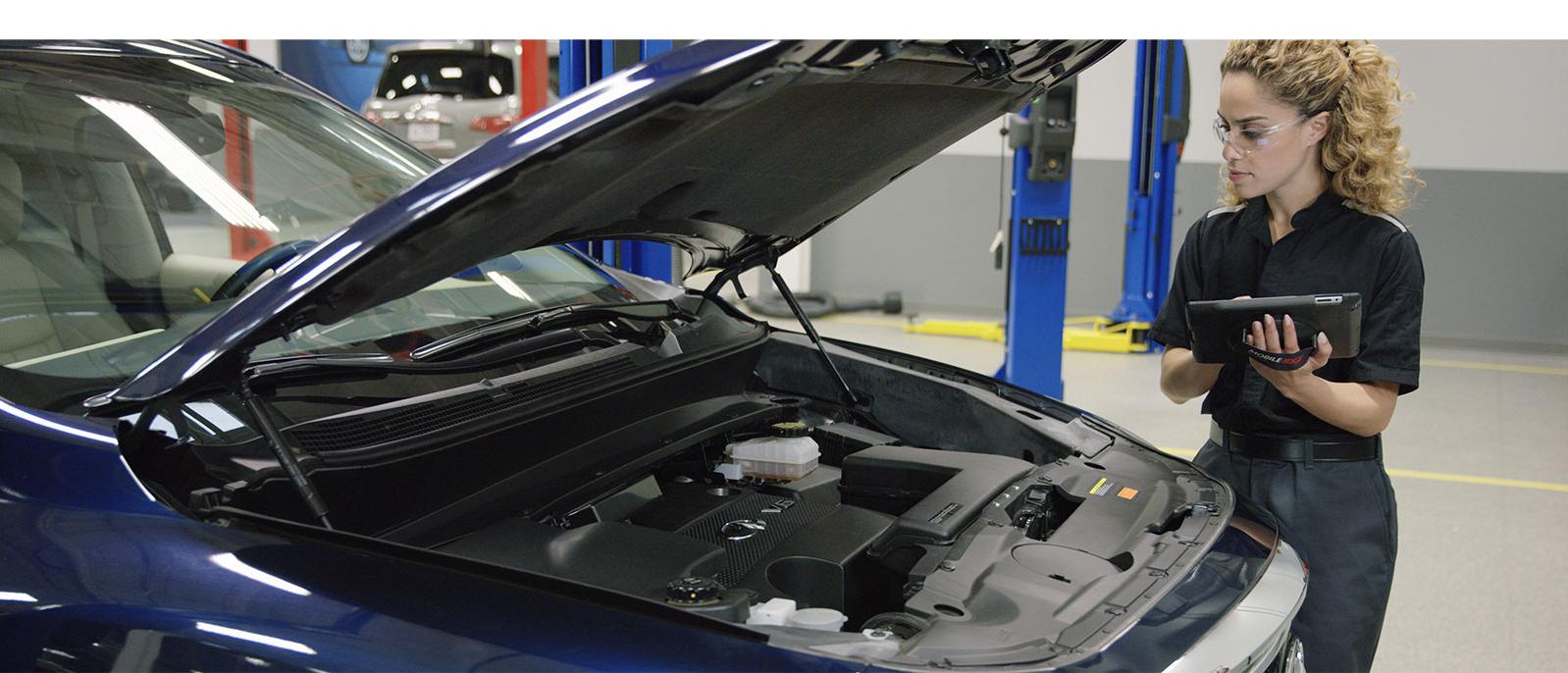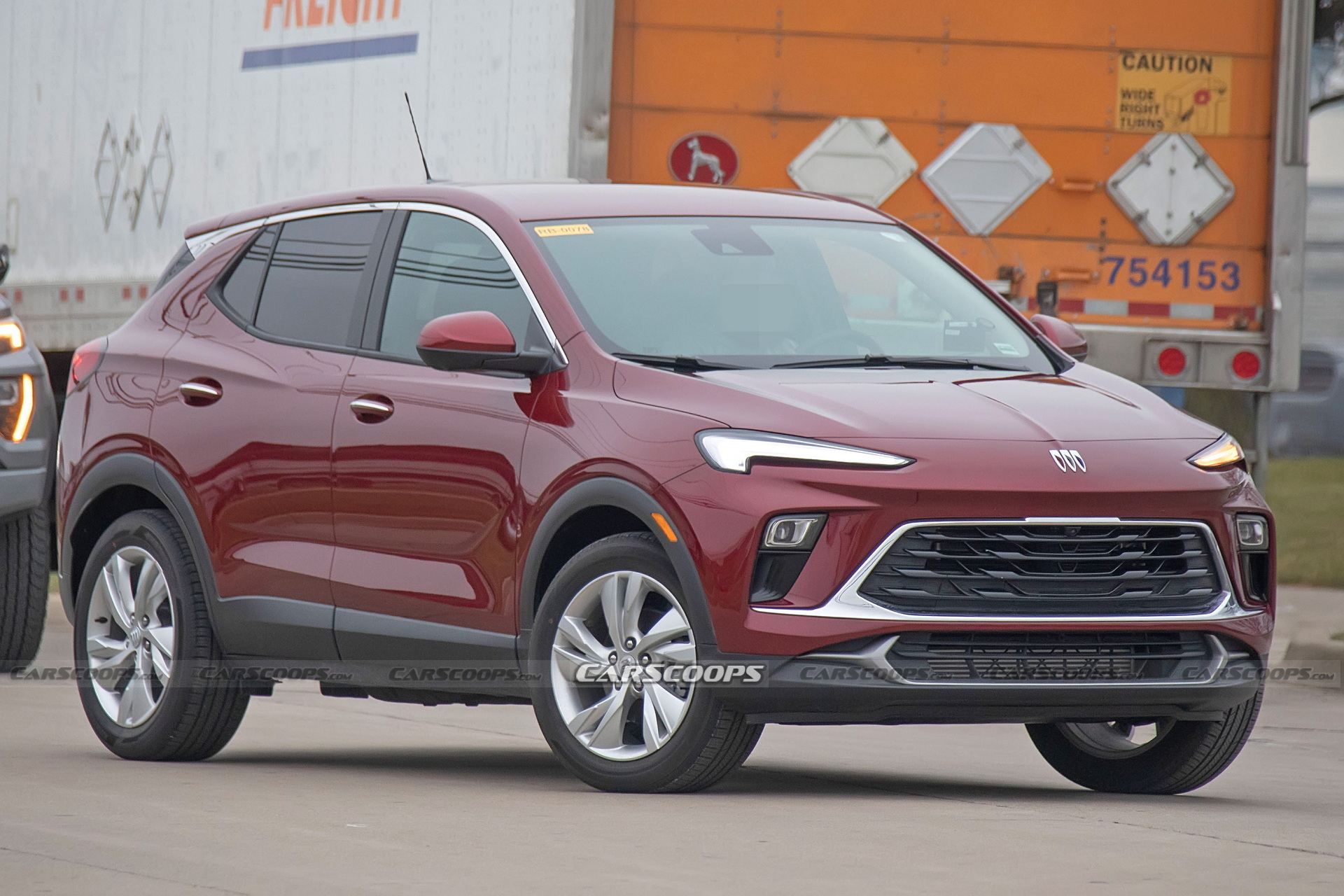Choosing the right auto insurance is an essential aspect of responsible vehicle ownership. Whether you’re a first-time car owner or looking to update your policy, selecting the right coverage requires a careful balance of protection, affordability, and personalized needs. The marketplace is flooded with options, and understanding how to navigate these choices can make all the difference in ensuring you’re covered when the unexpected happens.

In this guide, we’ll delve into the factors that influence the right auto insurance policy for you, and the key elements to consider when making this vital decision.
Understanding the Different Types of Auto Insurance Coverage
Auto insurance policies are not one-size-fits-all. Each type of coverage serves a unique purpose, and it’s important to be aware of what these are before selecting a policy. Let’s explore the most common types of coverage available.
Liability Coverage
Liability insurance is often mandated by law in many places, … Read more

